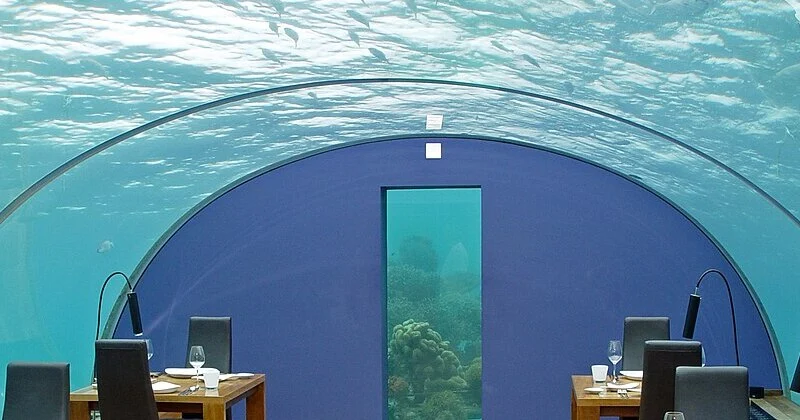
Exploring The Depths: Underwater Buildings & Their Construction
Under the calm surface of the world’s oceans, there is a world of potential and challenges: underwater construction. In honour of World Oceans Day, celebrated annually on 8 June, we’ll go into this intriguing field’s depths in depth, examining its complexities, difficulties, and remarkable methods that make it possible to build breathtaking structures beneath the waves.
Understanding Underwater Construction
Underwater construction refers to the specialized field of engineering and construction activities that take place beneath the surface of bodies of water. It includes a broad range of projects, such as building pipelines, offshore platforms, tunnels, and marine ecosystems.
The earliest known instances of underwater building can be found in the construction of harbors, dams, and bridges by prehistoric societies in and around bodies of water. To accomplish these achievements, the Greeks, Romans, and Egyptians used underwater masonry, underwater foundations, and cofferdams.
With the advancement of diving technology and underwater welding processes in the late 19th and early 20th centuries, modern underwater construction as we know it today began to take shape. Technology breakthroughs like underwater robotics and remotely operated vehicles (ROVs) have completely changed the construction industry by enabling safer, more effective, and ecologically friendly building methods. Factors such as urbanization, population expansion, and climate change increase the demand for underwater infrastructure, which is driving the underwater construction industry.
Underwater Construction Methods
Underwater construction methods represent a fascinating intersection of engineering ingenuity and environmental challenge. Under the waves, human achievement continues to be pushed by the evolution of underwater construction techniques, which have produced both ancient underwater structures and contemporary wonders.
.